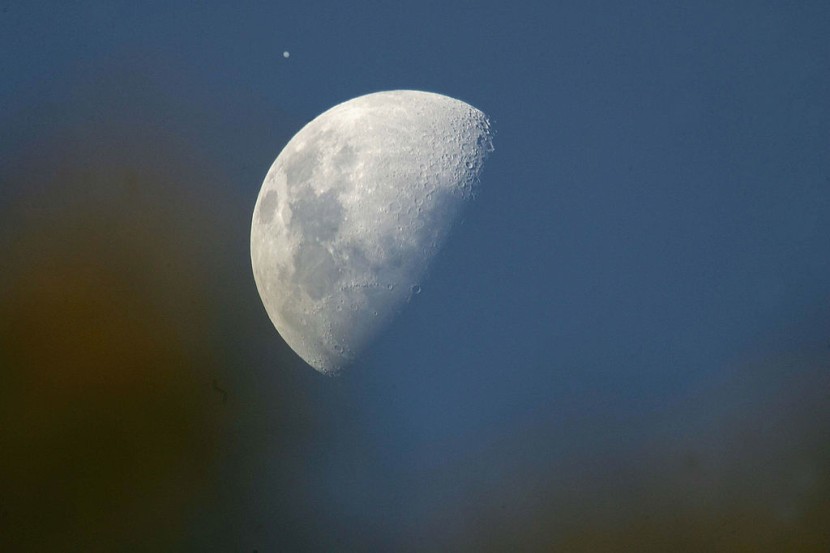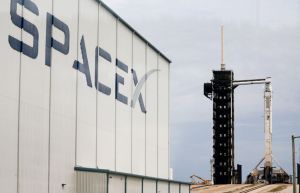
- A Newborn Jupiter was very hot when it was formed, and it emitted intense light.
- It was so hot in its early stages that its four largest moons could have been roasted that water and volatiles got eliminated.
- The Galilean moons have differing densities due to this exposure to extreme radiations.
Newborn Jupiter possessed intense light so hot that its four Galilean moons lost their surface composition. The study says it influenced the moons and what they are today; some have no water, or their volatiles are not present anymore.
Newborn Jupiter So Hot Emitting Intense Light
Planetary scientist Carver Bierson and a team of astronomers from Arizona State University say that getting irradiated so much has determined how the Galilean moons are now with different compositions. Io is volcanically active and the closest to Jupiter, then ice-clad Europa, gigantic Ganymede, and the farthest scarred Callisto, reported a Science Alert.
Bierson and other researchers modeled the process of how the light roasted all the baby moons. It is suggested that it had water on it after forming long ago. They looked at where the Galilean moon is located in Jupiter, but it must have been closer billions of years ago. Based on the model, they used to show more intense radiation compared to other simulations. One conclusion is the irradiation happened very fast.
The researchers stated in their conference paper that from a few million years after getting formed, Io was hot like hell. On the surface, the moon would be more than 300 Kelvin caused by the radiation emitted by the Jovian planets, as presented at the 54th Lunar and Planetary Science Conference.
Earth would be gentler with the hot day, but not on Io. If there was surface ice, that would become seas and has water vapor, creating an atmosphere.
Galilean Moons Harsh Surface
On Io, gases cannot be retained due to the volcanic activity on the Jovian moon. Gases would leak out to space absorbed in a ring of plasma surrounding the Jovian giant, which sinks into the gaseous interior. Another effect is an ultraviolet aurora, according to Sci News.
It is implied that the moon former would have the atmosphere bleeding out like water vapor from the surface. One outcome is such dry work compared to any place in the solar system.
Europa, compared to Io, is less destruct to any liquid on the surface because there are global oceans with thick ice covering. But these are lesser oceans when the oceans might have been vast in the past.Most distant are Ganymede and Callisto, which are farthest from the Jovian giant with equal ice and rock. Compared to Io and Europa, they got less radiation and are very different in composition, which is quite evident.
The study's authors think their suggestion accounts for the denseness of the Galilean moons. All moons are supposed to form from an accretion disc of dust surrounding Jupiter. Newborn Jupiter hit the moon's surface with such an intense light that it baked Io, lessened Europa's seas, and affected their composition.
© 2025 HNGN, All rights reserved. Do not reproduce without permission.








